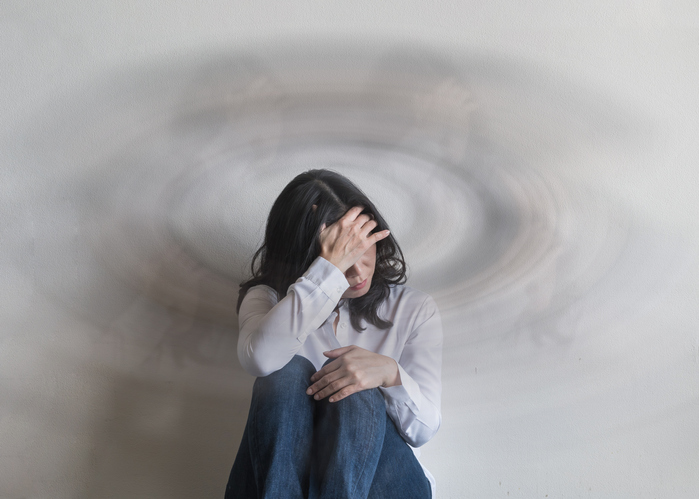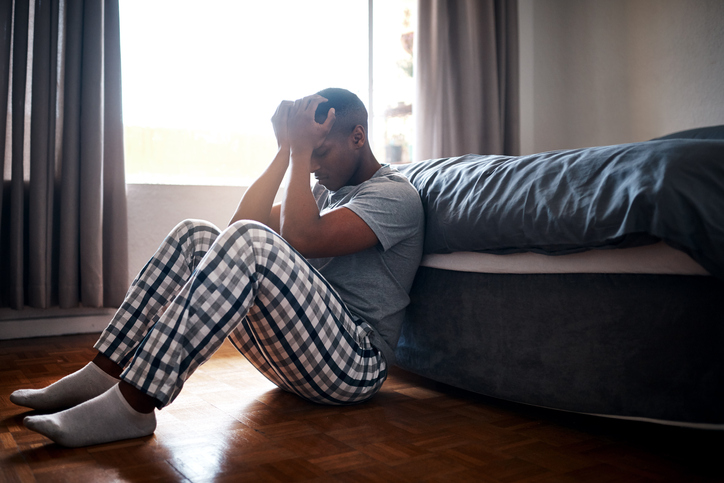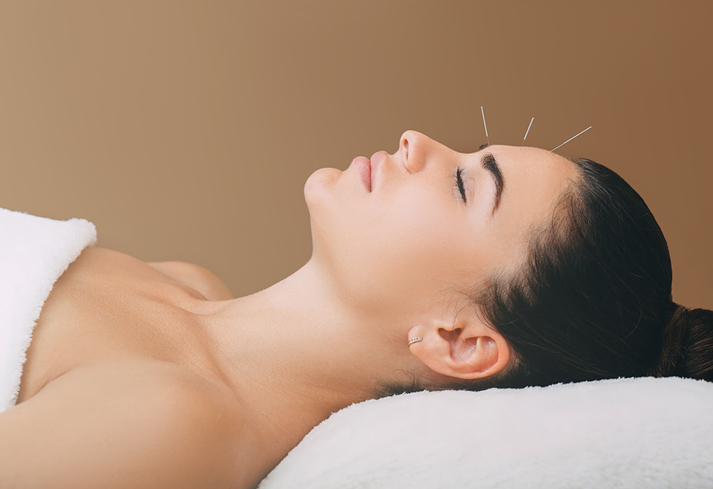Pain
What Is a Vestibular Migraine?

The term “vestibular” refers to the sensory system in the inner ear and, more generally, the body’s sense of balance. A vestibular migraine involves an episode of vertigo that occurs with or without other migraine symptoms. Diagnosis typically requires a migraine history of five to eight years.
Vertigo involves the sensation of spinning or moving of the environment or the body in relation to the environment. Vertigo can occur for many reasons, including vestibular migraine, benign positional vertigo, Meniere’s disease, transient ischemic attacks, or nerve irritation or fluid leak in the inner ear.
A vestibular migraine episode generally does not involve a headache. An episode can last from a matter of seconds to 72 hours; however, episodes typically last from a few minutes to a few hours. Vestibular migraines affect approximately 1-2% of the population.
Symptoms
The main symptom of a vestibular migraine is an episode of vertigo, which may include the following symptoms:
- Dizziness
- Feeling unsteady and loss of balance
- Lightheadedness
- Motion sickness when moving the head
- Nausea or vomiting
- A spinning feeling
- Sensitivity to motion
If typical migraine symptoms occur with a vestibular migraine, these symptoms include the following:
- Moderate to severe headache, typically on one side of the head
- Sensitivity to light, sounds or smells
Causes and triggers
The exact cause of vestibular migraines is not known.
Triggers for vestibular migraines are similar to triggers of other types of migraines, including changes in sleep patterns, hormonal changes, certain foods or beverages, stress, and dehydration.
Risk factors
Several factors increase the risk of developing vestibular migraines, including, but not limited to, the following:
- Under the age of 40
- Female
- Pre-existing anxiety or depression
- Previous head trauma
- A family history of migraines


















